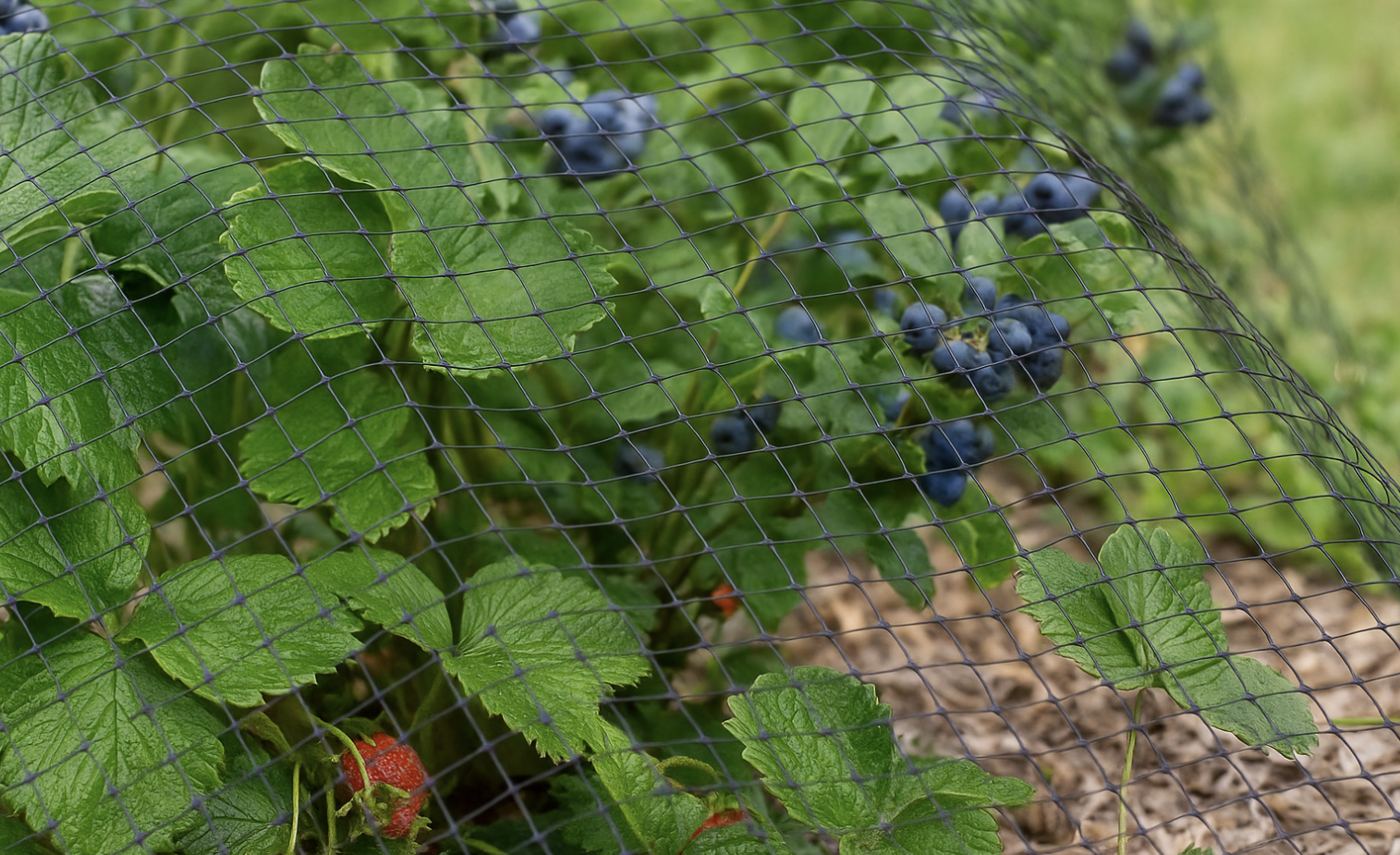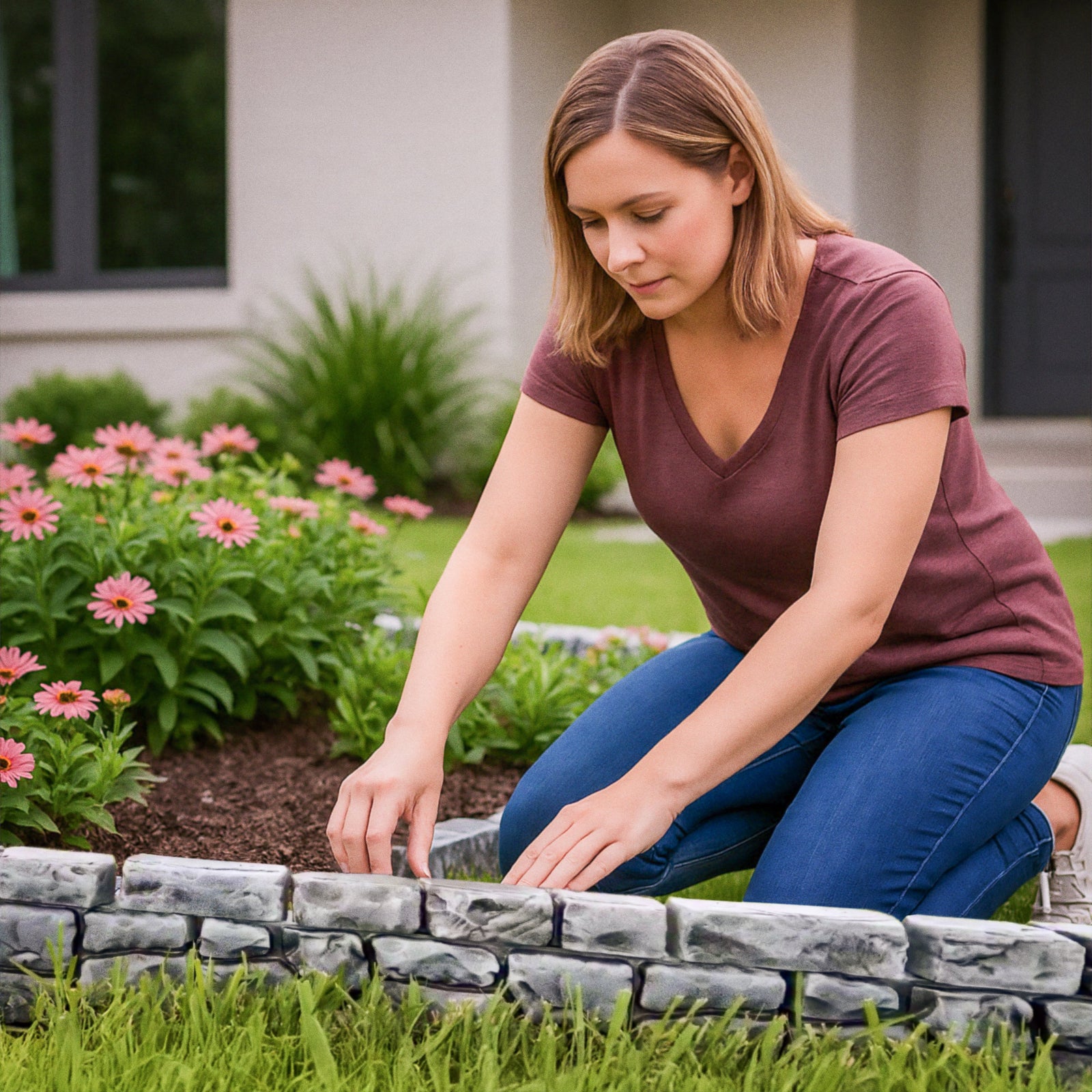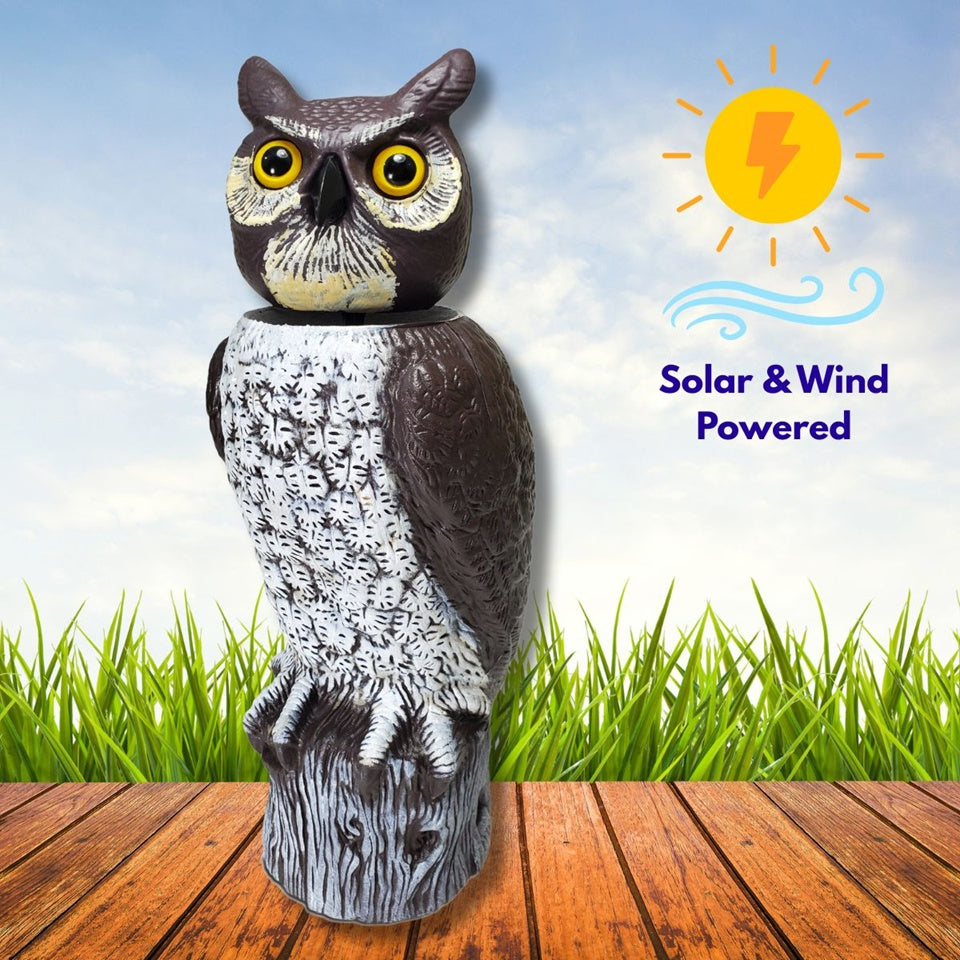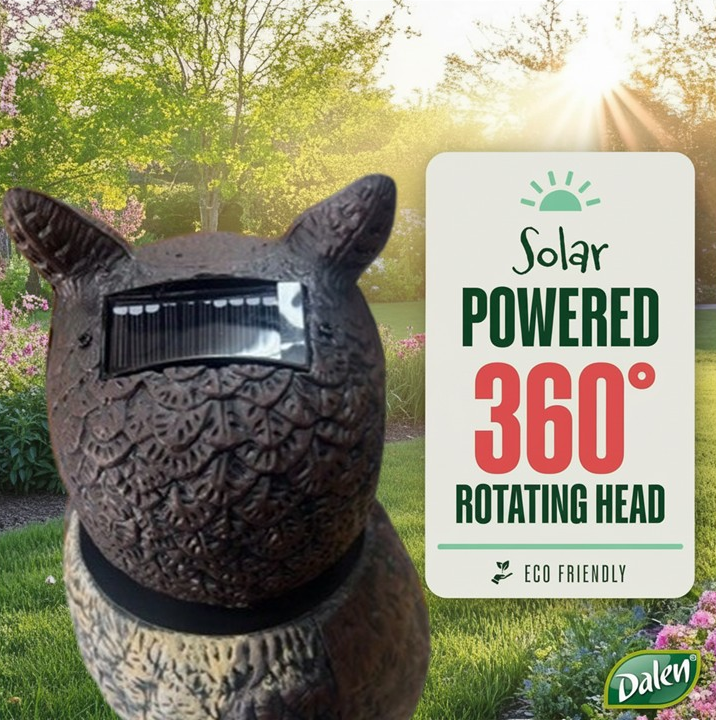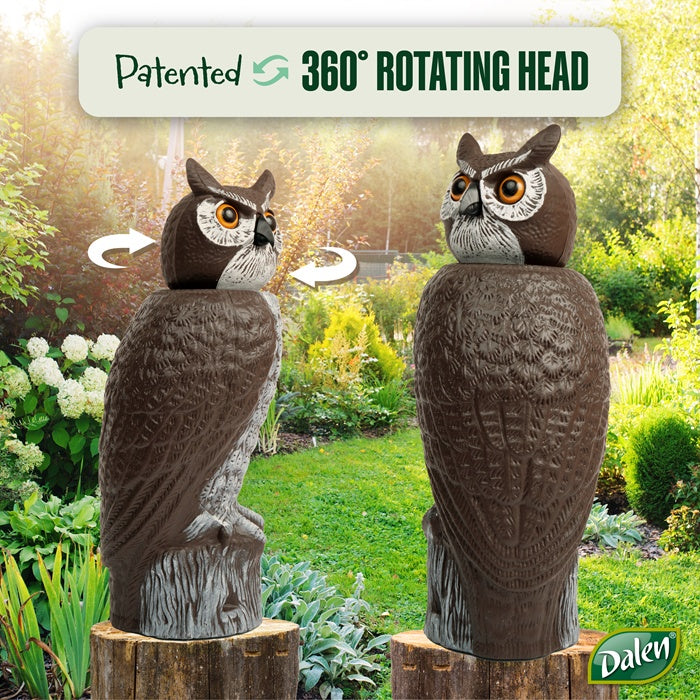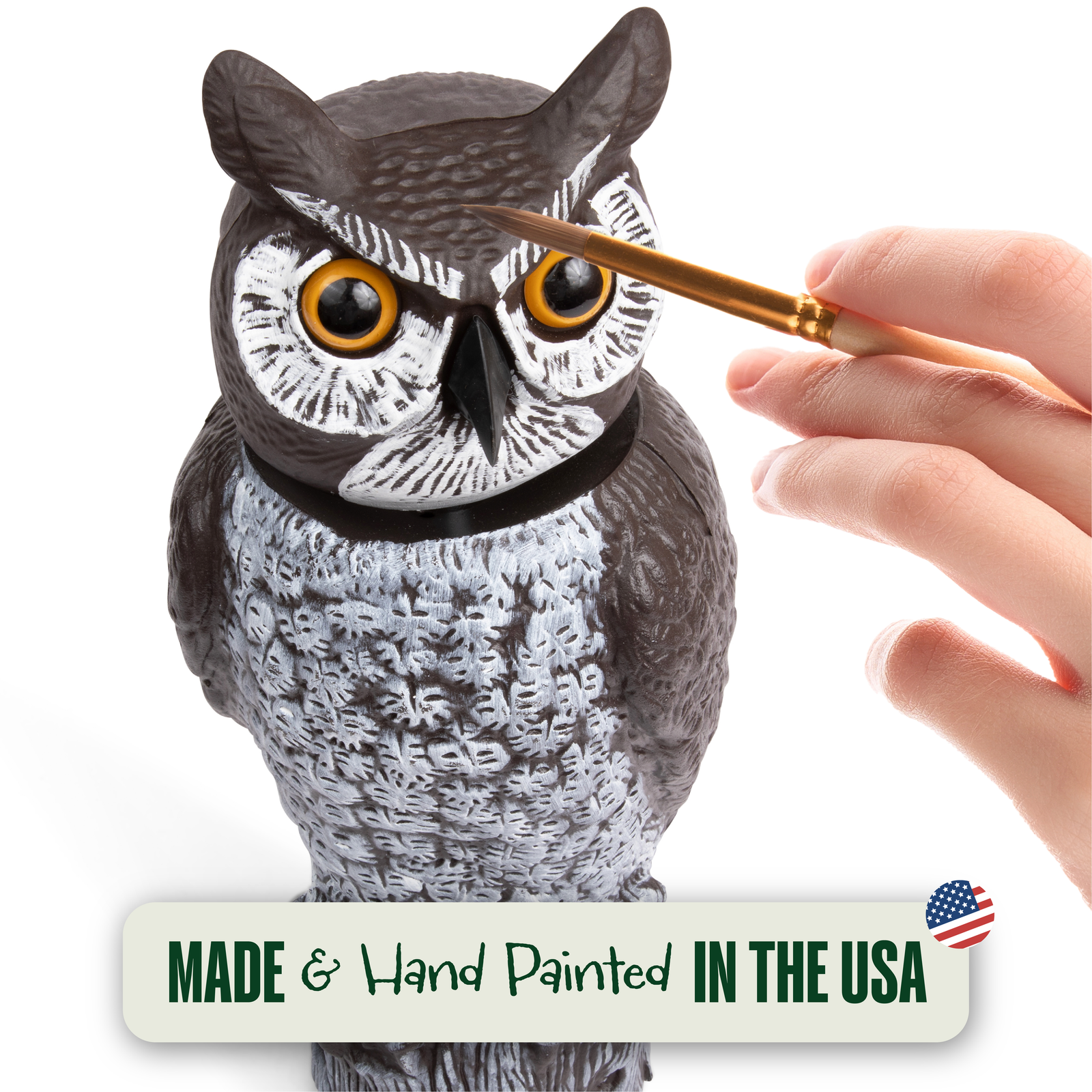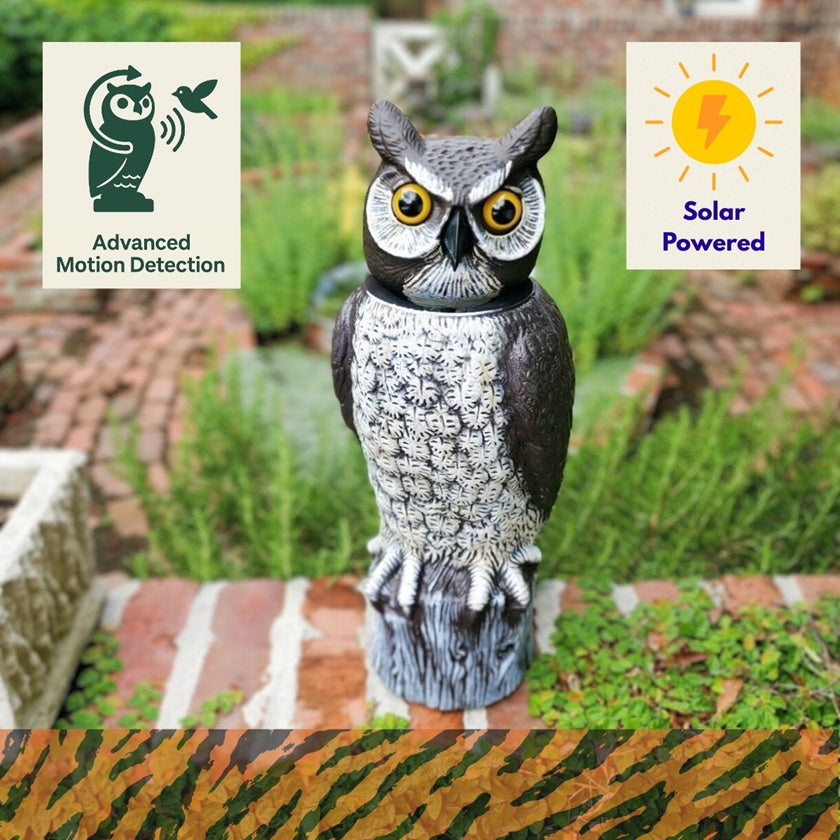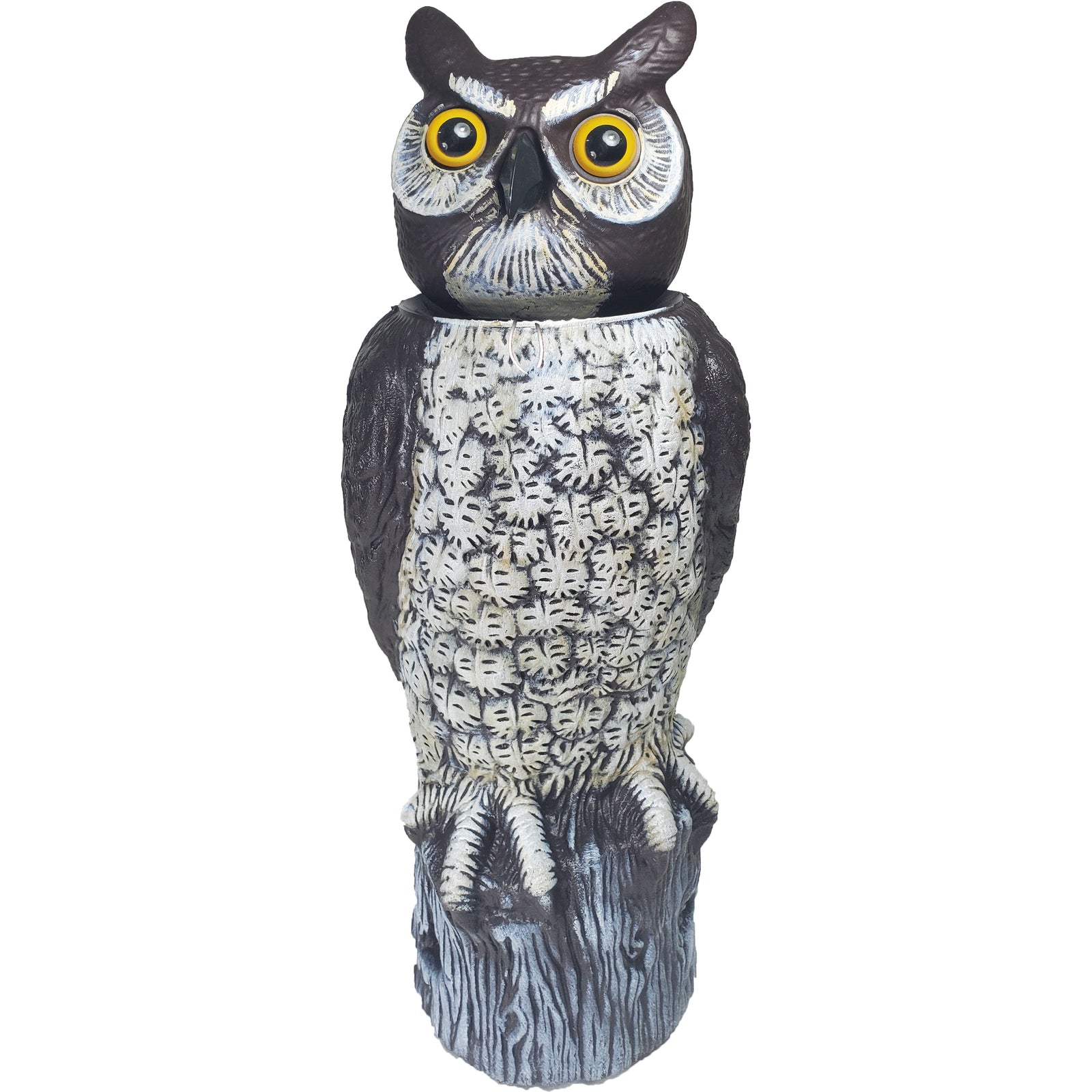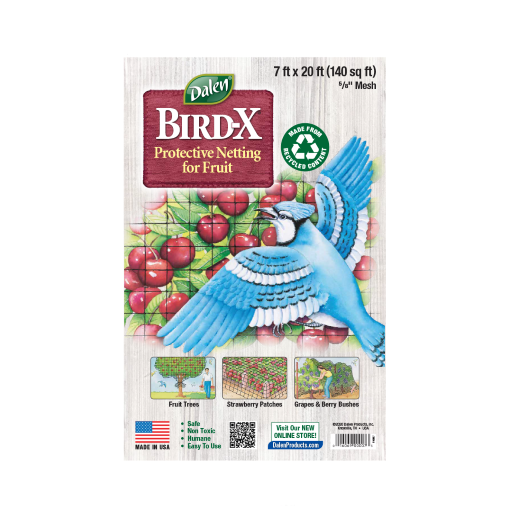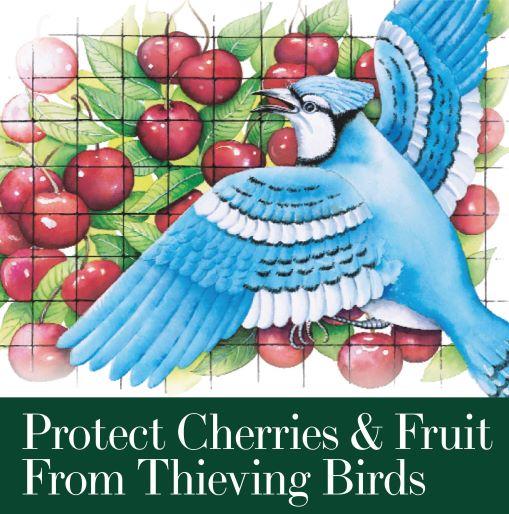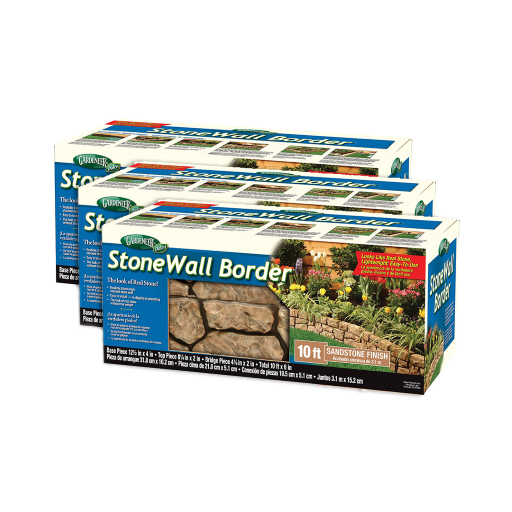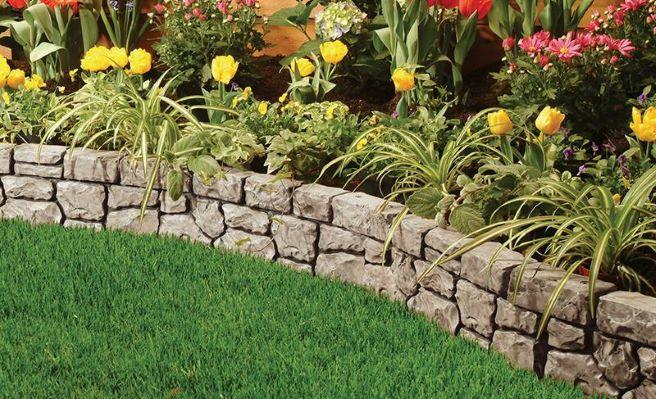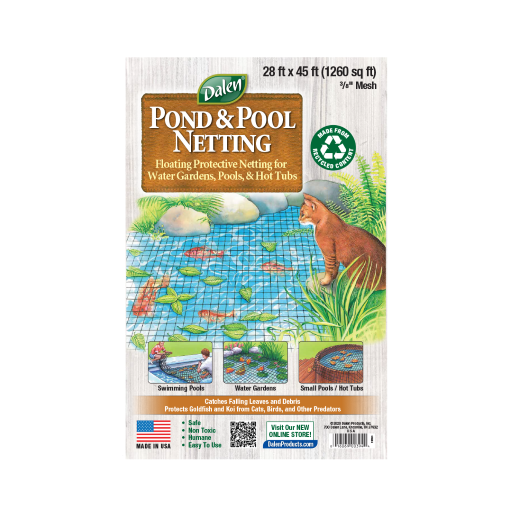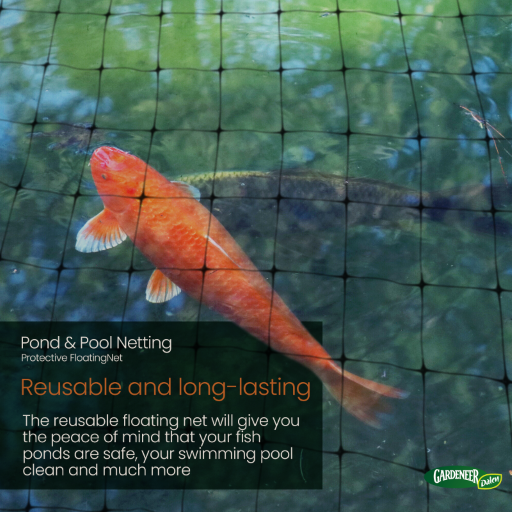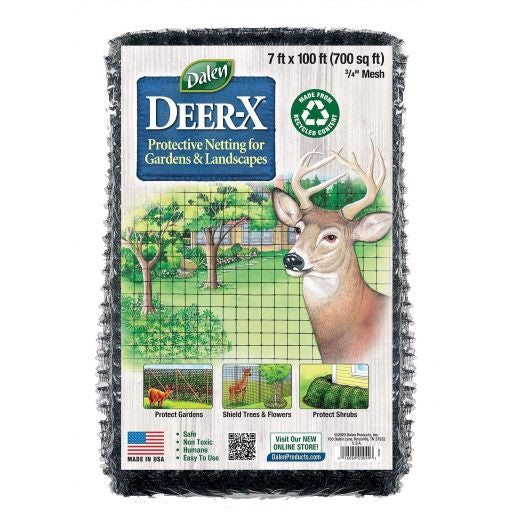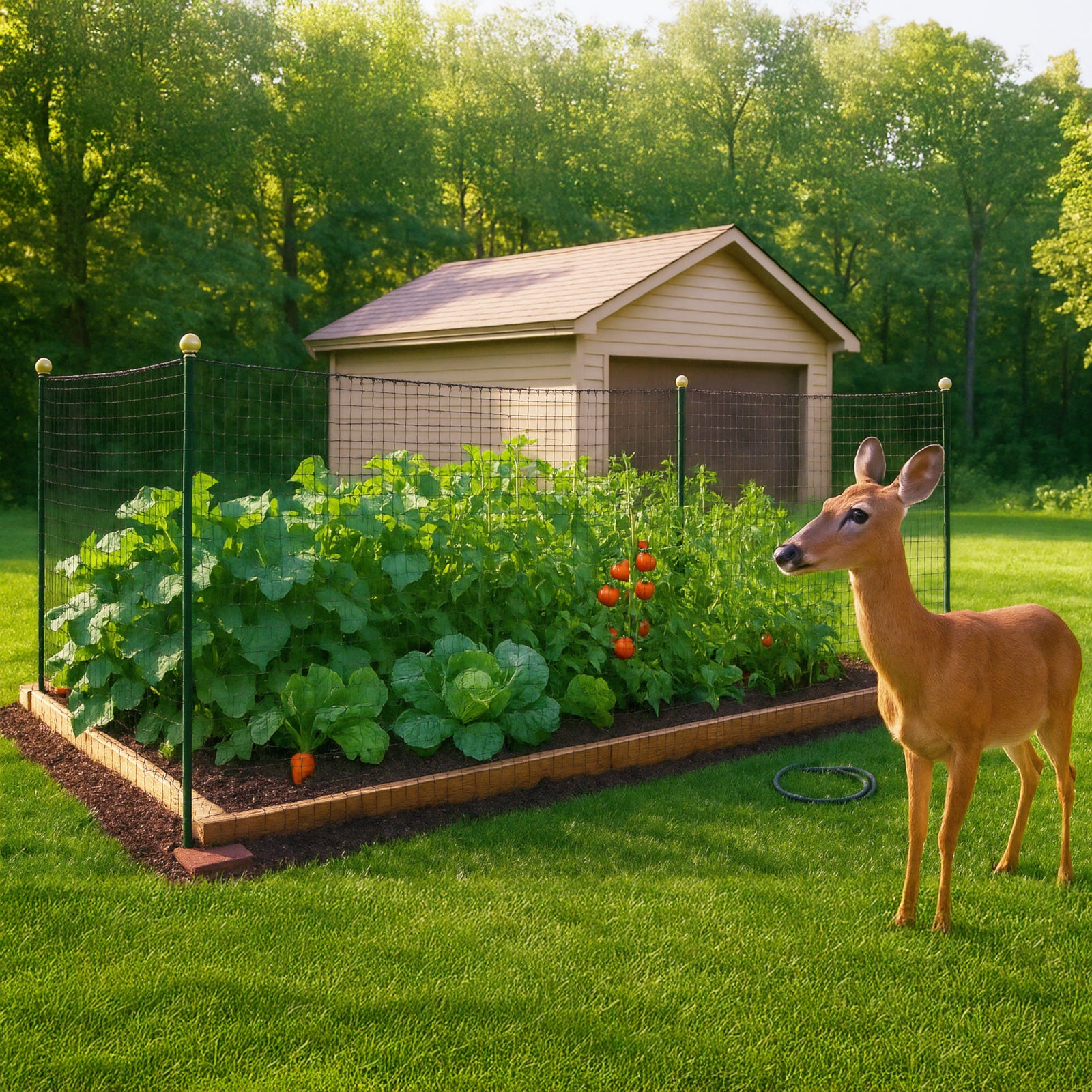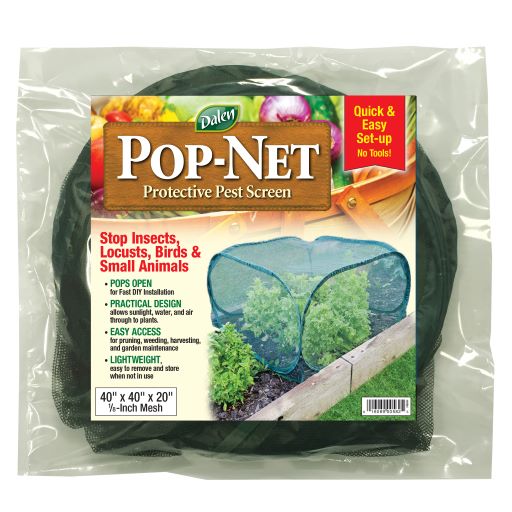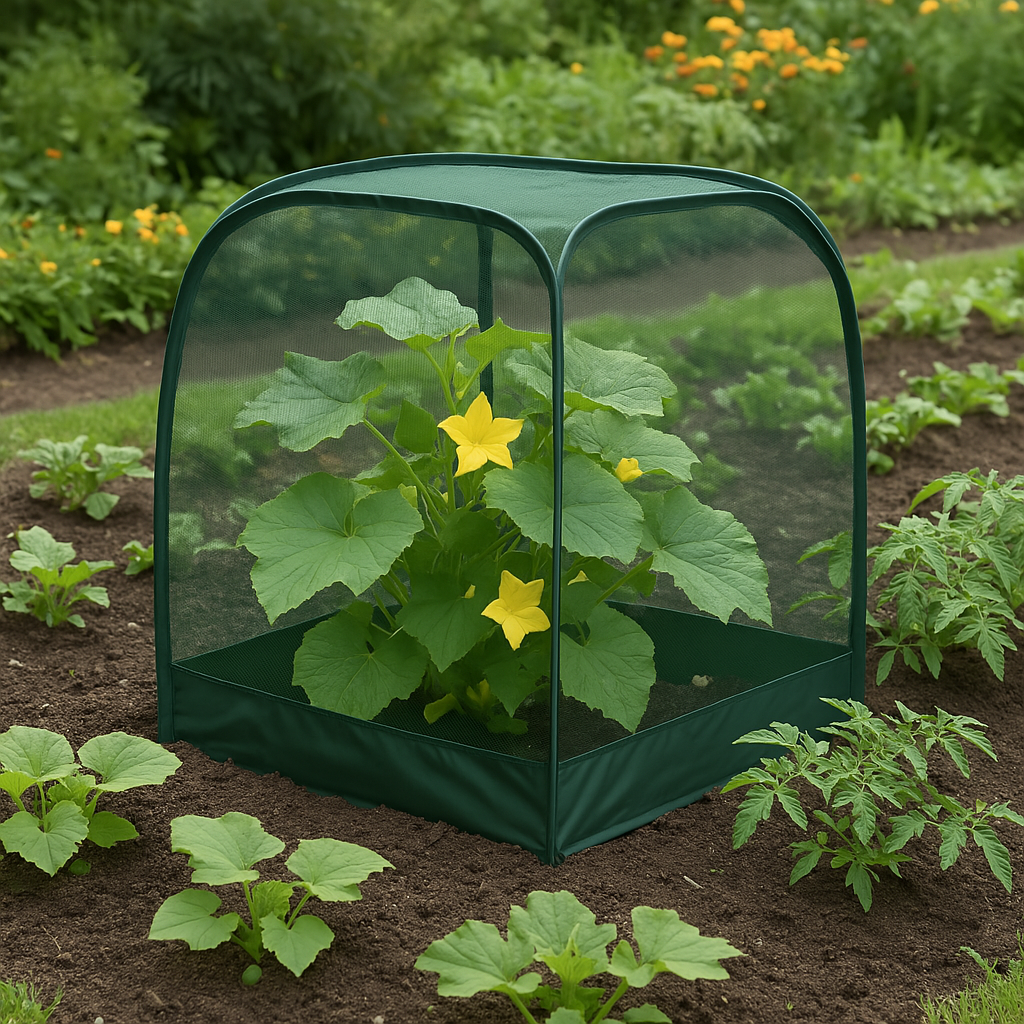Create the garden you want, weed free.
Select a question below to reveal Dalen's tips and tricks for best using landscape fabrics in your garden.
Landscape fabric is a spun-bonded or woven fabric that is used to control weeds in your yard. Perforated plastic film is sometimes called a fabric even though it is not.
Landscape fabric materials allow water and air to pass through in contrast with film, which smothers the ground and deprives it of moisture.
Unperforated film should not be used in landscaping applications as it damages the plant material.
The right landscape fabric can cut your maintenance time by over 90%! It helps stop weed roots from penetrating into the soil so that pulling weeds that do grow in the top mulch layer is an easy task. Using the wrong landscape fabric can actually increase your maintenance time. In either case, landscape fabric conserves ground moisture and can make your plantings healthier.
Our limited permeability landscape materials (which include all Weed-Shield®, Weed-X®, and Weed-Proof® PLUS materials) are effective in keeping the weeds that develop in the top mulch from penetrating into the ground where they establish themselves.
This cuts out most of the long-term maintenance since most weeds will die if they can’t reach the ground.
Those weeds that survive can usually be removed easily with two fingers. Landscape fabrics that are highly permeable (this includes most non-Gardeneer or non-Dalen products) can actually cause more work and weed problems in that roots from the weeds easily go through the fabric and establish themselves below the fabric where they thrive and are difficult to remove.
All landscape fabrics stop some weeds from coming through from below, but certain aggressive weeds will penetrate any landscape fabric especially if there is a heavy load of mulch on top.
These weeds that are in the ground are only the initial problems. Long-term, 95%+ of weeds come from germinating seeds in the top mulch. Ideal (low) permeability landscape materials like 5-Year, 10-Year, and 20-Year Weed-Shield, Weed-X, and Weed-Proof PLUS, prevent most weeds from reaching the ground, with 20-Year Weed-Shield and Weed-X being the most effective. Higher permeability landscape fabric, however, has larger and more holes that not only allow more water through but also allow roots through.
These roots establish themselves below the fabric where they thrive and are difficult to remove.
The black side of Dalen’s fabric should always face up. The black smooth side is more effective in preventing weed roots from penetrating from above. Placing the white (bottom) side underneath allows water to wick through the fabric and into the soil, which is necessary for plant growth.
All of Dalen’s landscape fabrics are correctly oriented on the roll so when you unroll it, the correct side is facing up automatically.
For best results, use Gardeneer Garden Staples. These staples are easily pushed through the fabric and into the ground by hand. Use a staple wherever the fabric overlaps and place them approximately 2 to 3 feet apart.
Also use staples to hold fabric down around plants and shrubs. The objective is to keep fabric close to the ground and the soil completely covered; the less exposed soil, the better your protection against weeds.
If Gardeneer Garden Staples are not available, simply covering the fabric with a 1" to 2" layer of mulch will usually keep it in place. However, the chance that it will move or lift up over time and leave an uncovered section of soil is substantially increased.
Staples are made of metal and are much easier to use in hard, compacted soil. The advantage of pegs is that they are non-corrosive and are reusable.
The quantity will vary depending on how many openings you have for plants, shrubs, or trees and the shape of the area you are covering.
A general rule of thumb is to use a staple or peg wherever the fabric overlaps and place them approximately 2 to 3 feet apart. Also use staples or pegs to hold fabric down around plants and shrubs.
The objective is to keep fabric close to the ground, and the soil completely covered; the less exposed soil, the better your protection against weeds.
For the 5- year, 10-Year and 20-year materials to last for their intended life span, they must be covered to protect them from the sun. Please do not cover with topsoil! We recommend covering the fabric with 1-2 inches of mulch.
A thin layer is desirable for several reasons: You will have fewer weed problems since the layer is light enough in weight that aggressive weeds from below cannot punch through. Thin mulch will dry out rapidly, which prevents rotting and makes the mulch last longer.
Best of all, weeds that are spread into the top mulch by airborne seeds (by far the biggest weed problem) and germinate will be killed when the mulch dries out, thus relieving the need for hand removal.
Any type of mulch will work, but unfortunately some mulches contain active weed seeds that can germinate into weeds. The best type of mulch to use is bark chips — the larger the better. Shredded bark is OK, but it will deteriorate more quickly and will more easily allow weed seeds to germinate. Pine straw is excellent, and is our personal favorite.
If some weeds do come through soon after the installation of fabric and mulch, they can be completely eliminated by spraying with Roundup or other post-emergent systemic weed killer. You should have no further weed penetration problems after the first few weeks./p>
Yes, but marble rocks and rounded pebbles should be spread as thinly as possible because heavy weight on top of the fabric actually allows very aggressive weeds to punch through the fabric, making them difficult to control.
Generally not. You usually use ground covers instead of mulch to eliminate weeds. The fabric can interfere with the spreading of the ground cover which is usually the whole point of using them. You can use the two together effectively if you want both mulch and ground covers in adjacent areas.
Be aware, however, that some ground covers are very invasive and can spread both over and under the fabric.
Gentle slopes are usually okay except for very heavy rains. For steeper slopes where you have installed fabric and had a problem keeping the mulch in place, try this: Remove the mulch but leave the fabric in place.
Purchase netting such as Deer-X® or Bird-X®. Put 1/3 of the mulch back on the fabric to raise the netting slightly. Then put the netting over the mulch and use Gardeneer Garden Staples to hold it down. Put the remaining 2/3 of the mulch on top of the net. The net should hold the mulch in all except the heaviest of rains. The black net will not show, even if it is not completely covered.
Yes, there is nothing harmful in any of our fabrics (5-Year, 10-Year, 20-Year Weed-Shield, Weed Control, Weed Proof PLUS, and Weed-X).
However, the fabrics will have a shorter life if not covered, approximately 2 to 3 years.
Yes, but if the flowers have a habit of spreading and multiplying (and you want them to do this), then you must open up a big enough hole to allow for it. Don’t skimp on your hole sizes. The fabric will still protect all other areas, and the holes around plants don’t significantly add to your weed problems. But you can choke your prized plantings if you don’t make the opening roomy enough.
Very aggressive weeds can penetrate 6" of asphalt and will come through any fabric sold on the market today.
Fortunately, this is a brief and temporary problem, compared with the five to twenty year periods in which you will enjoy unprecedented low maintenance through the use of these landscape materials.
You need only to remove these few weeds when they first appear by pulling them, or by spraying them with Roundup or other post-emergent systemic weed killer. One or two applications should take care of the problem.
Exceptions are grasses such as Bermuda grass, which put out runners and may continually run under, up and through the fabric. These can only be stopped through the use of an edging barrier at least 8'' into the ground.
The use of very light mulch may help the problem, since the aggressive grasses cannot punch through the fabric without top weight to push against.
Remember that above all else you are putting this material down to save you from having to weed for the next 5 to 20 years.
These materials are designed to do just that! However, there is sometimes an initial problem of aggressive pre-existing weeds, which must be handled first.
When you have quickly and easily eliminated this short-lived initial problem, you will be set to enjoy the most effective weed control device available.
Yes! All our fabrics are designed to transmit water, nutrients, and air to your plants.
The 5, 10, and 20-Year materials are patented products that are specifically designed to be just porous enough to let water through the fabric at the same rate that water is able to flow into the ground. If it were more porous, the water would just run off underneath the material. It would also let many more weeds through, and it would not retain the ground moisture as well.
Initially, it may take 24 to 48 hours for water to penetrate the fabric, but after this time it will move through the fabric almost immediately. The reason for the initial slowness is that the white side (capillary material) must come into firm contact with the ground and become moist to start wicking water into the soil.
Dalen’s landscape materials work many times better than the fabrics you may have used from other manufacturers that are much more porous.
The features described are protected by U.S. Patent numbers 5,047,099 and 5,873,194, assuring you that you are using the finest product available on the market today. Free Shipping Available

